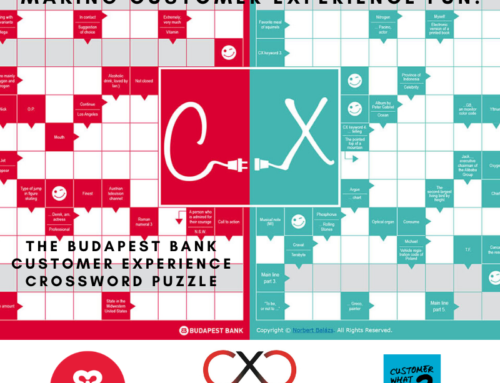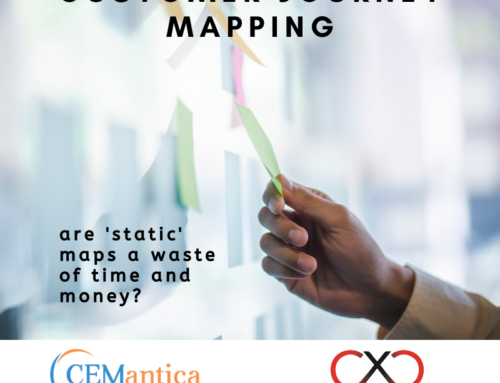
I am extremely fortunate to be afforded the opportunity to share my knowledge and passion all over the world. This year, the number of countries I have worked in over the last 6 years will hit the 40 mark. However, whilst I will never take for granted how lucky I am being able to travel around the globe, it is not quite as glamorous as you might think. Those who have never travelled extensively for the purposes of work, typically envisage business class flights, champagne in cut crystal glasses, door to door luxury chauffeur driven transport and top-class hotels with Michelin star restaurants. The reality is a rather long way from this perception.
I am not asking you to feel sorry for me – this is not a case of the proverbial violin being raised to my shoulder. I have flown business class, drunk from cut crystal champagne glasses, been chauffeur driven in fancy cars, to top class hotels where I have eaten amazing Michelin star food…… yet not very often! Most of my life is spent on buses, taxis and trains, travelling to chaotic, disorganised airports, being herded along with my fellow passengers like cattle to my economy class seat!! Even if I am lucky enough to stay in a nice hotel, most of the time I sleep in low cost hostelries and eat meals that cover all the essential food groups in a particularly unmemorable way.
Travelling is an exceptionally effective way of exposing ourselves to the realities of the customer experience. As we quite literally commence our customer journey, we interact with many different people and organisations through a variety of different channels. Even if you only travel for pleasure, rather than business, it is very easy to empathise with the good, the bad and the ugly, that customers face, endure and sometimes enjoy, on a day to day basis.
The ‘travel’ customer journey, in principle, is easy to visualise (for air travel):

What is interesting about a journey like this, is that often, although not always, the organisation whose products and services we choose to use, covers the entire ‘end to end’ experience. In other words, it is quite feasible that every stage of the example journey above, could be delivered to you by one company.
I have had the opportunity of flying business class with Emirates (as an example). I planned, booked and executed the entire end to end journey with them. After booking, they quite literally picked me up at home and deposited me at my final destination (eventually….. but that is another story). As far as I was concerned, I paid Emirates to deliver every single stage of the journey.
‘So what!?’, I hear you say, think, mumble! The reason why I am rambling on about the subject, is that this end to end journey, whilst essentially an experience created through the relationship between 1 customer (me) and 1 company (Emirates), the experience is delivered to 1 customer (me), via MANY different companies (Emirates AND all other stakeholders required at each stage of the journey). As a result, the customer journey is actually delivered to me via a CHAIN of events. Every individual employee – whether they be employed directly by Emirates or one of their partners – is actually a LINK in the CHAIN that brings my entire experience to life.
I could not care less who the company is that Emirates choose to use to drive me to the airport – every individual at every stage in my journey is a LINK in a CHAIN that connects one part of the experience to the next. That is why it is critical that in this example – and ANY customer journey for that matter– that organisations understand how every link in their chain is INTERCONNECTED.
The reality of the travel journey, is that at almost every step of the way, different people from different ‘partners’ are the LINK – however, too often, they do not appear to be a link connecting one chain together – they appear to operate as completely isolated links of a chain that has been broken into many different pieces.
If any organisation aspires to deliver a consistently seamless experience that meets the needs and expectations of customers, it must develop, adopt and embed an understanding of the INTERCONNECTED CUSTOMER JOURNEY. Every single employee in the chain – irrelevant of who pays their salary, MUST understand the role they play in delivering the customer journey. It only takes one link in the chain to not understand their role for the entire experience to break down. Sadly, this is what happens on far too many occasions.
So, ask yourself this question – ‘Do all employees who deliver your end to end customer journey understand the role they play in delivering it?’. Not just their part, but the role they play in connecting the entire end to end journey together. Where 3rd party partners are involved, saying that you have no control over the behaviour of their employees must not be used as an excuse.
If you even have the slightest inkling that the answer to this question may be negative, it is essential that action is taken to address it. You should consider doing the following:
- Make it clear to every employee, partner and supplier who impacts the end to end journey, what your ‘desired customer experience’ actually is (how you want your customers to feel throughout the journey).
- Ensure that everyone understands what the journey looks like and where they fit into the chain – at the beginning, middle, end, or throughout the whole thing.
- Encourage all employees to describe for themselves the things they can and should be doing in the stages of the journey they impact, to deliver the ‘desired customer experience’.
- Measure, manage and reward all employees, partners and suppliers on BOTH the tasks they have been asked to perform AND their ability to deliver the desired customer experience.
- Constantly and continuously use the language of the customer journey AND ensure that there is regular communication to bring to life how all links in the chain are working together to make the delivery of the desired customer experience a reality.
Organisational silos are a key contributing factor that prevents organisations across all industries, delivering the seamless experience they want their customers to have. By establishing embedding an understanding of the interconnected customer journey, you may stand a chance of turning a broken employee – customer chain, into one that links perfectly together!
This post was originally written exclusively for my column on CustomerThink – a global online community of business leaders striving to create profitable customer-centric enterprises. The site serves 80,000+ visitors per month from 200 countries.
You can read my column here!
My book, ‘Customer What? – the honest and practical guide to customer experience’ – is now available to purchase! You can do so on Amazon.com or Amazon.co.uk. If Amazon does not ship to your part of the world, please complete the form found here and I will arrange an alternative method to ship a book to you. Enjoy the read!!







Leave A Comment